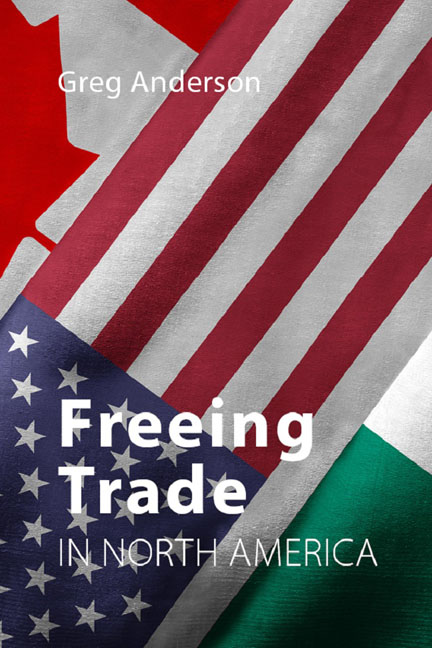
- Publisher:
- Agenda Publishing
- Online publication date:
- August 2023
- Print publication year:
- 2019
- Online ISBN:
- 9781788210621

Conceived in an era of rapid post-Cold War economic liberalization, the North American Free Trade Agreement (NAFTA), signed in 1994, brought together Canada, Mexico and the United States with the aim of creating a regional trade bloc that eliminated the friction and costs of trade between the three nations.
Without an overarching institutional framework, NAFTA never sought to attain the levels of integration achieved by the European Union - for many it was a missed opportunity - and never quite fulfilled its potential as a single market. And under Trump's administration a trilateral trade agreement has become increasingly precarious.
This book provides an overview of NAFTA and its successor the USCMA, explaining the theory behind the politics and economics of trade in North America. It offers an accessible and concise analysis of the key provisions, shortcomings and past revision efforts of the governments involved.
At a time of increasing protectionism and heightened awareness of trading relationships, the book highlights the lessons to be learnt from the fraught history of one of the largest trade blocs in the world.
 Loading metrics...
Loading metrics...
* Views captured on Cambridge Core between #date#. This data will be updated every 24 hours.
Usage data cannot currently be displayed.